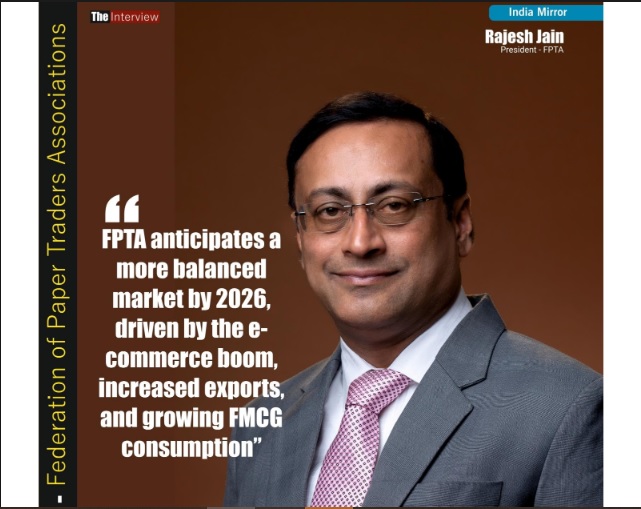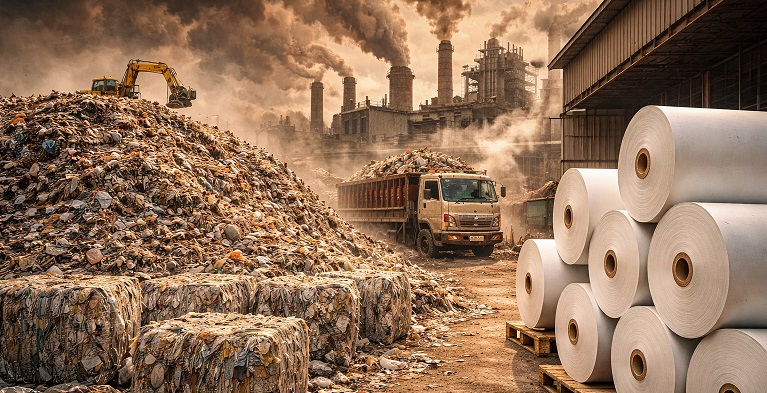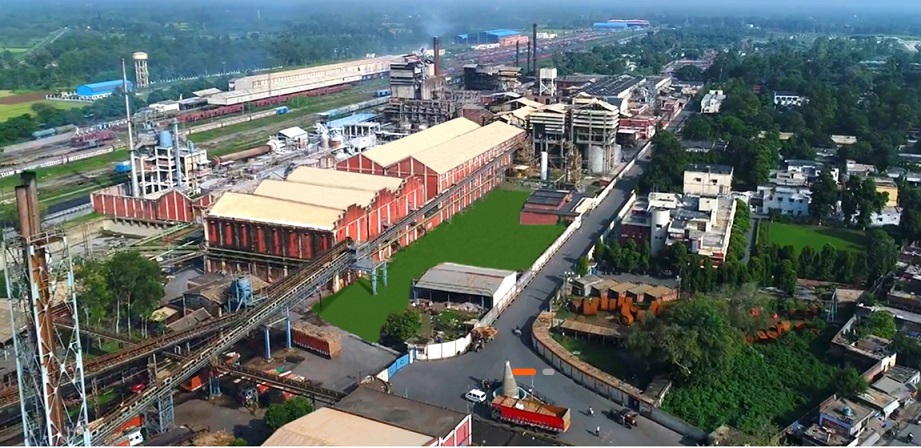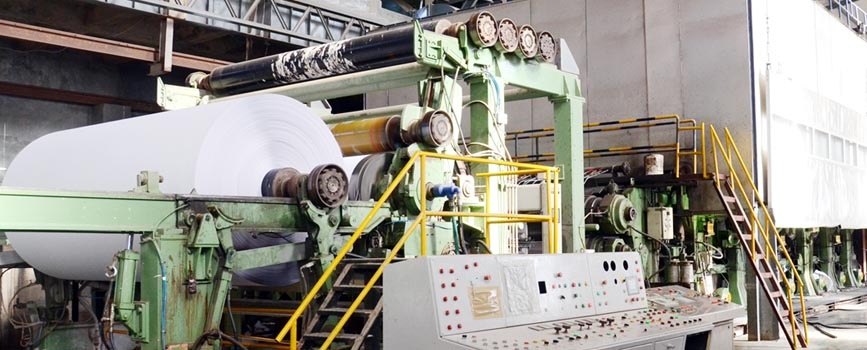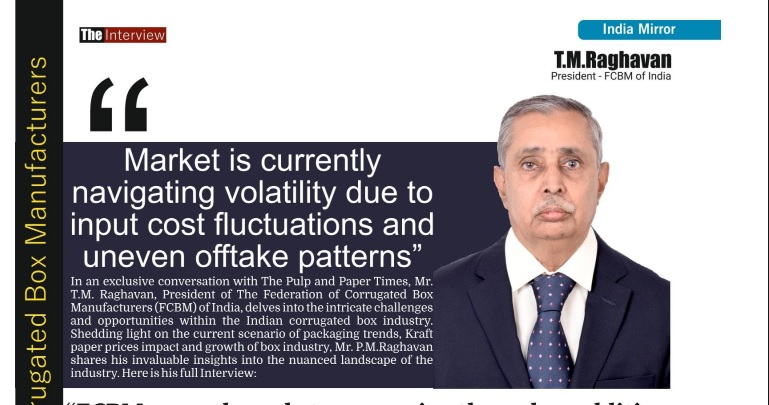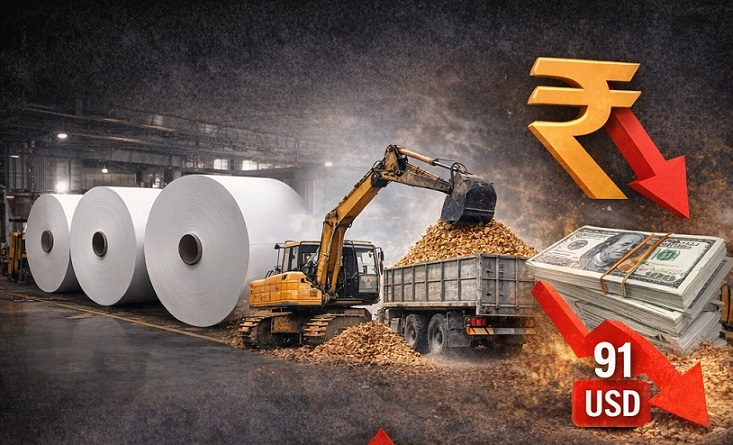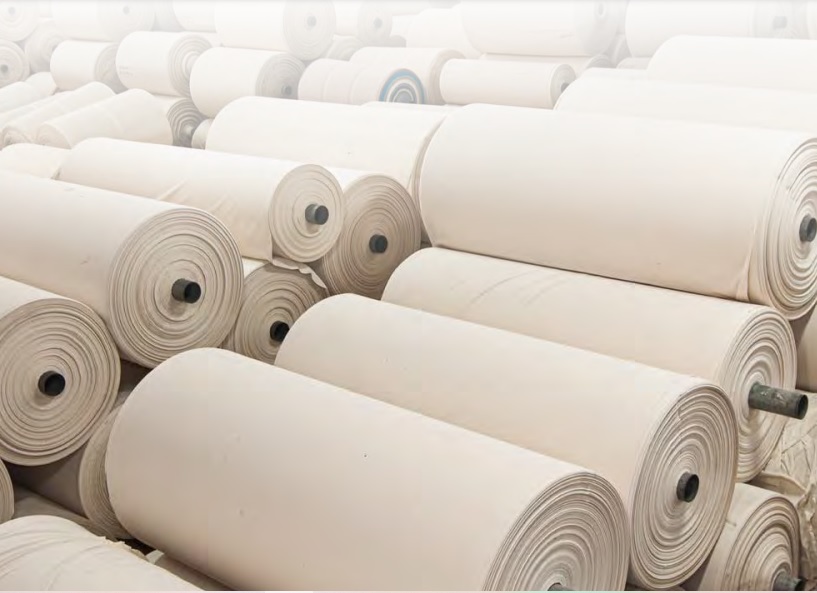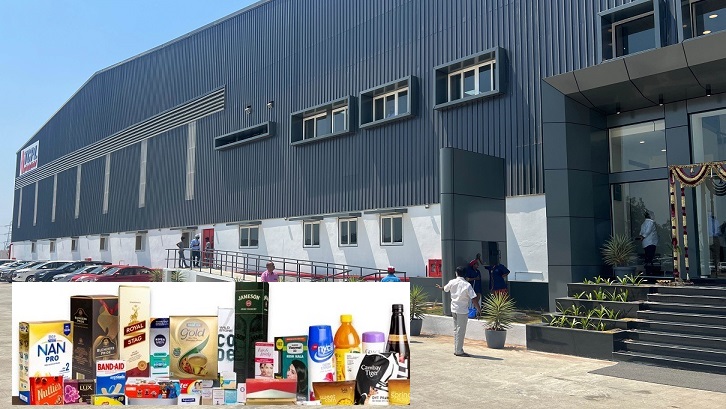Coal Ban: The Way Forward
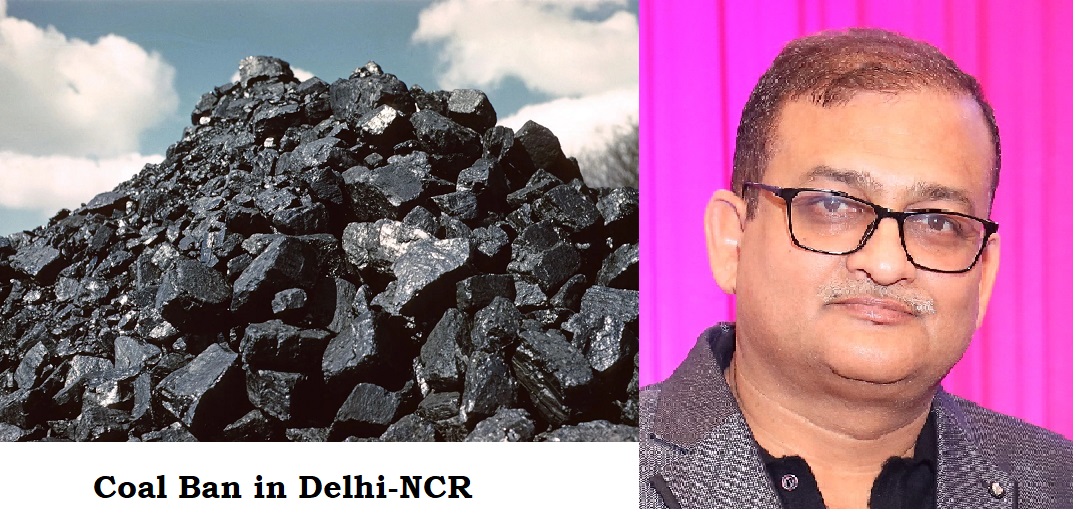
Coal Ban: The Way Forward
- CNG/PNG- high cost of this fuel is expected to increase the drying cost 3-4 times.
- Both gas fired and electrically operated IR systems can be explored.
- An innovator in Maharashtra who has developed paper drying technique that uses very little energy.
29th December 2022 | The Pulp and Paper Times
Paper mills from NCR are in a trouble now after the recent notification by CAQM dated December 26, 2022, for prescribing the complete ban on coal in the entire NCR except for TPPs (Thermal Power Plants).
We must understand that during the past couple of decades, mills have grown both in size and technology. With expansion in capacity, large quantities of energy –both thermal and electrical- are needed, and a couple of decades back, pet coke, a byproduct from refineries started getting successful usage as a solid fuel. Around three years back, it was banned, following which coal again became the preferred choice for the mills.
Now the substitutes are CNG/PNG which are too costly for the mills, or biomass, which again is not available in adequate quantities. To add to the problems, most boilers have been designed to use coal, and getting desired pressure using biomass is not that easy. Another issue is the low calorific value and high bulk of biomass, which would require more storage space which is, again, not available with the mills.
So, what can be done?
During past couple of decades NCR mills have shown exceptional management qualities. The mills have achieved and even developed new benchmarks in specific energy conservation, quality improvement, water management, effluent reduction etc., and many mills now can be compared to the best mills in the world. On must be pretty sure that the mills would be able to find a way to overcome this trouble too.
The mills have been able to reduce their specific steam consumption. That means they are getting more and more dryness after the press section. The possibilities now could be to get away with own power generation, which requires steam at elevated pressures, and for which fuel of higher calorific value is needed. Getting electricity from grid can make the steam demand lower by typically 20-30%, and that too at lower pressure. After the same, biomass fired boiler can be considered.
Next option appears as gas –CNG/PNG-, but again, high cost of this fuel is expected to increase the drying cost 3-4 times. Not only this, immediate continuity and availability for this is also a concern.
Another possibility is to explore the use of electricity to heat dryers. At present, mills need usually 1.3-1.4 ton steam per ton of paper, indicating just a need to evaporate 1.0-1.1 ton of water per ton of paper. For this quantity, we might need around 1200-1300 kWH electricity per ton of paper. Imagine having electrical heaters installed inside drying cylinders and temperature being controlled by switching on/off the heaters. With present cost of electricity, the option is still costly, but still, we need to work and have a plan ready if in case even the biomass is banned or not available.
Another possibility is to use the IR system. Both gas fired and electrically operated IR systems can be explored.
Most of our hoods are extraction hoods, i.e. they are used to remove excess moisture from the vicinity of drying section to atmosphere. Increased air impingement velocity on paper results in an exponential increase in drying rates. Hood is another area which needs to be explored in the present times. Can we have a drying system where in place of dryer screens; we focus more on impingement drying, that too from a smaller distance from paper –hood nozzles to be closer to paper-, to get better drying rates consuming lesser amount of thermal energy?
Very recently, a patent has been granted in India to an innovator in Maharashtra who has developed paper drying technique that uses very little energy. (Patent application no. 202221059066 A, A Cylindrical Electrical Dryer). Maybe this helps in reducing thermal energy and appears useful in future.
Many ideas might look weird at this time, but when our Government is determined to totally stop the consumption of coal by the end of year 2030; the same problem might be faced by mills outside NCR. Together, we need to explore and have a plan ready for any situation.
I understand there is a strong need to initiate R&D on this area on a war-footing level. Research organizations, industries and machinery manufacturers need to jointly take up the issue and develop technologies for sustainable future of paper industry.
Together, we can.
About the Author:
This article is written by Mr. D K Singhal, who is B.E., M.E. (Pulp & Paper, 1993) from Deptt. of Paper Technology, University of Roorkee (now IIT, Roorkee). Also Certified Energy Auditor, 2004 with Bureau of Energy Efficiency. In addition to practical experience in papermaking, project planning, research and development, consultancy, automation etc.; energy conservation, environment and cost reduction are the main areas of concern. With more than 100 publications, emphasized on development of low cost technologies and management practices for quality and profitability improvement constantly sharing knowledge and experience with others. visit: www.dksinghal.in
Web Title: Coal Ban: The Way Forward




 Join WhatsApp Group
Join WhatsApp Group Join Telegram Channel
Join Telegram Channel Join YouTube Channel
Join YouTube Channel Join Job Channel (View | Submit Jobs)
Join Job Channel (View | Submit Jobs) Join Buy Sell Channel (Free to Submit)
Join Buy Sell Channel (Free to Submit) Paper News Headlines Channel (Free to read)
Paper News Headlines Channel (Free to read)


